Project
Cabin Hill National Nature Reserve
Dune Grassland Management Area One, Formby
Dynamic Dunescapes Heritage Lottery Fund Partnership
Client: Natural England
Final Value: £7,818
Start Date: Jan 2022
Finish Date: Feb 2022
Background
The Dynamic Dunescapes conservation project aims to rejuvenate some of England & Wales’ most important sand dunes for people, communities and wildlife. Funded by the Heritage Lottery Fund, this project is an innovative 4-year partnership between Natural England, National Trust, Plantlife, The Wildlife Trusts and Natural Resources Wales.
The project members are working collaboratively with local coastal communities to conserve and restore up to 7000ha of dune system in nine areas across England and Wales.
Cabin Hill National Nature Reserve has several habitat restoration projects assigned to it within the Dynamic Dunescapes Project.
Cabin Hill National Nature Reserve, managed by Natural England, this small but special site exhibits classic coastal succession, with intertidal sand flats and embryo dunes grading into mobile yellow dunes. Cabin Hill NNR forms part of the Sefton Coast, the finest dune system on the northwest coast of England. Cabin Hill used to be the largest dune on this section of the coast. It was used as a landmark by shipping approaching Liverpool until removed by sand extraction between 1940 and 1960.
In 1970 a flood bank was created by the water authority to protect the low-lying land behind the dunes from tidal surges. However, this left wet areas (slacks) on either side, which have become very important for wildlife.
The extensive shores provide undisturbed feeding and roosting grounds for thousands of migrating and over-wintering birds.
Main habitats: embryo dunes, yellow dunes, fixed dunes, wet slacks, flower-rich grassland, dune pasture and deciduous woodland.
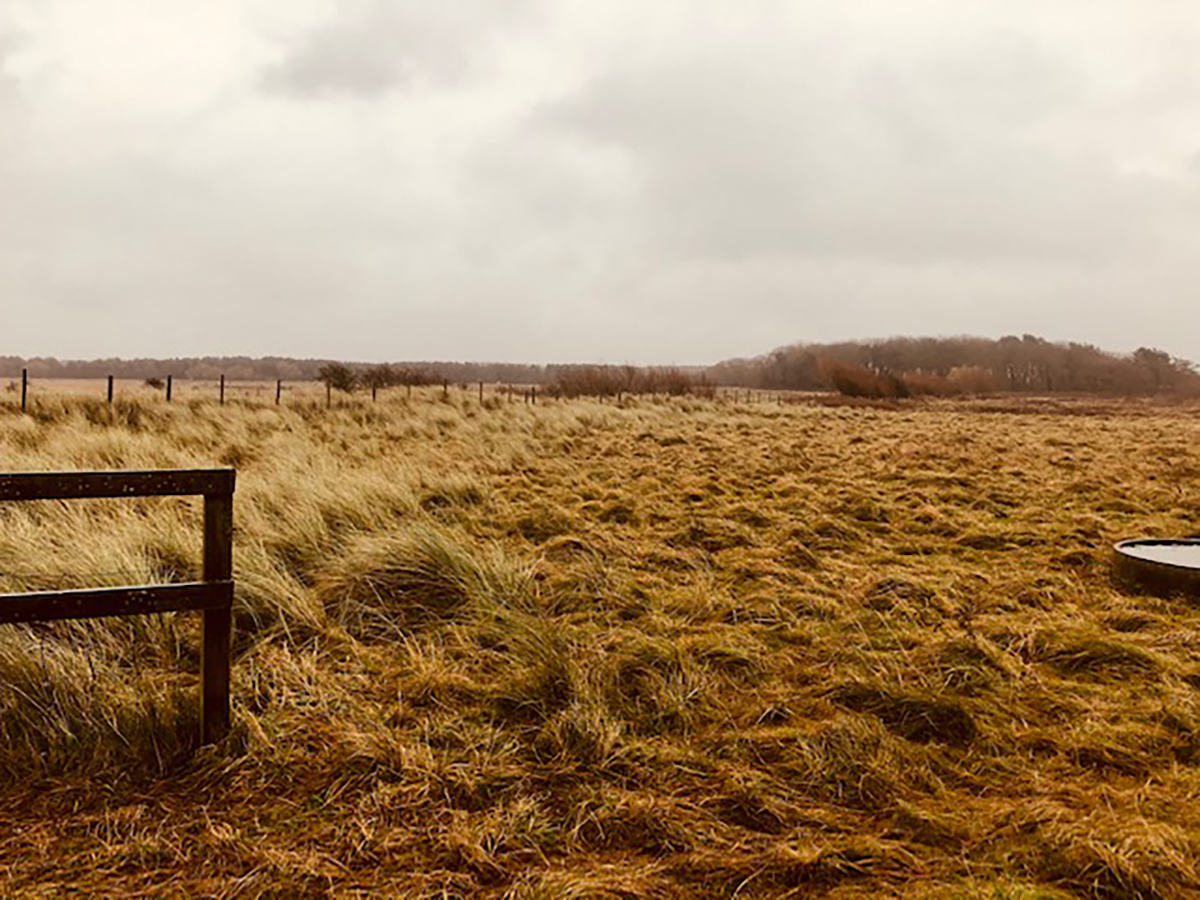
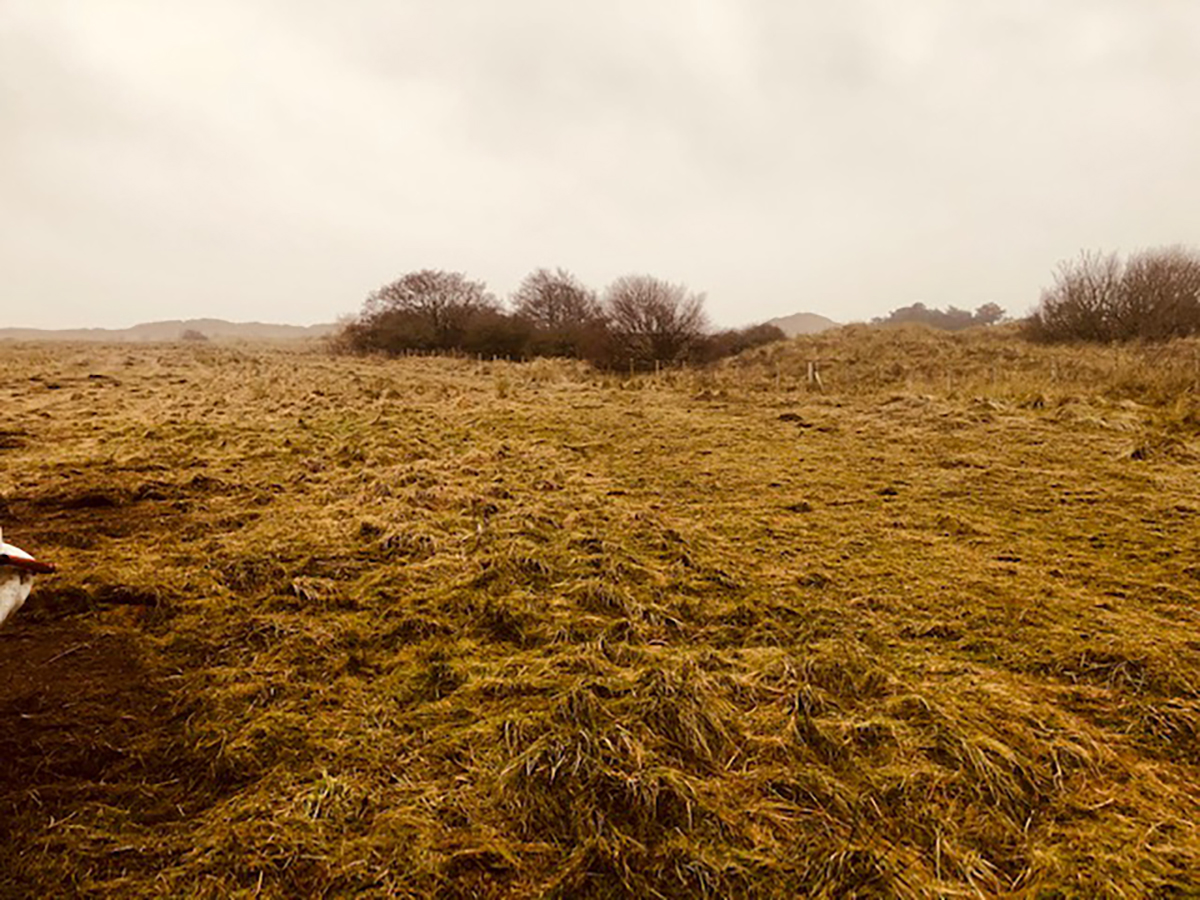
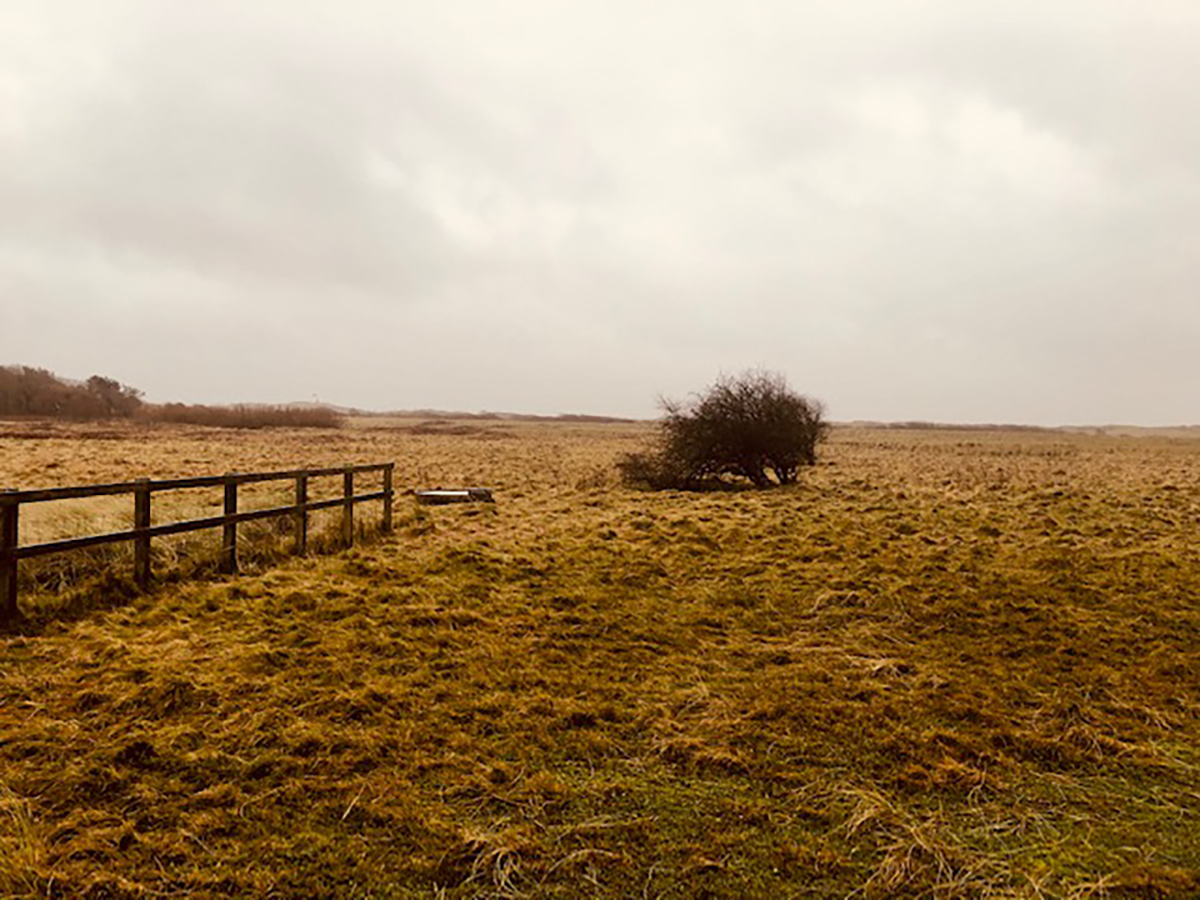
CCNW Solution
This project aims to reduce the amount of developing dominated coarse species of grass and Willow scrub and aid the restoration of dune slack and grassland species.
Increasing rank grassland and scrub encroachment at Cabin Hill NNR is seen as a threat to site condition status. Loss of overall biodiversity through shading, soil enrichment and acceleration of dune succession reduces floral diversity and creates unsuitable terrestrial habitat for key species such as Natterjack Toad.
The removal of willow scrub in conjunction with mowing, bailing, and livestock grazing is recognised as good management techniques in restoring open dunes habitats.
The CCNW team managed the dune Grassland by cutting with a tractor and topper attachment within the designated area 1, totalling approximately 2.713 ha. Then they cut grass and then bailed using a tractor a bailer, loaded into large trailers, and transported from the site for disposal.
Special Features
Habitat improvement works
Site of Special Scientific Interest (SSSI)
Special Area of Conservation (SAC)
Services
Grassland Management
Scrub Removal
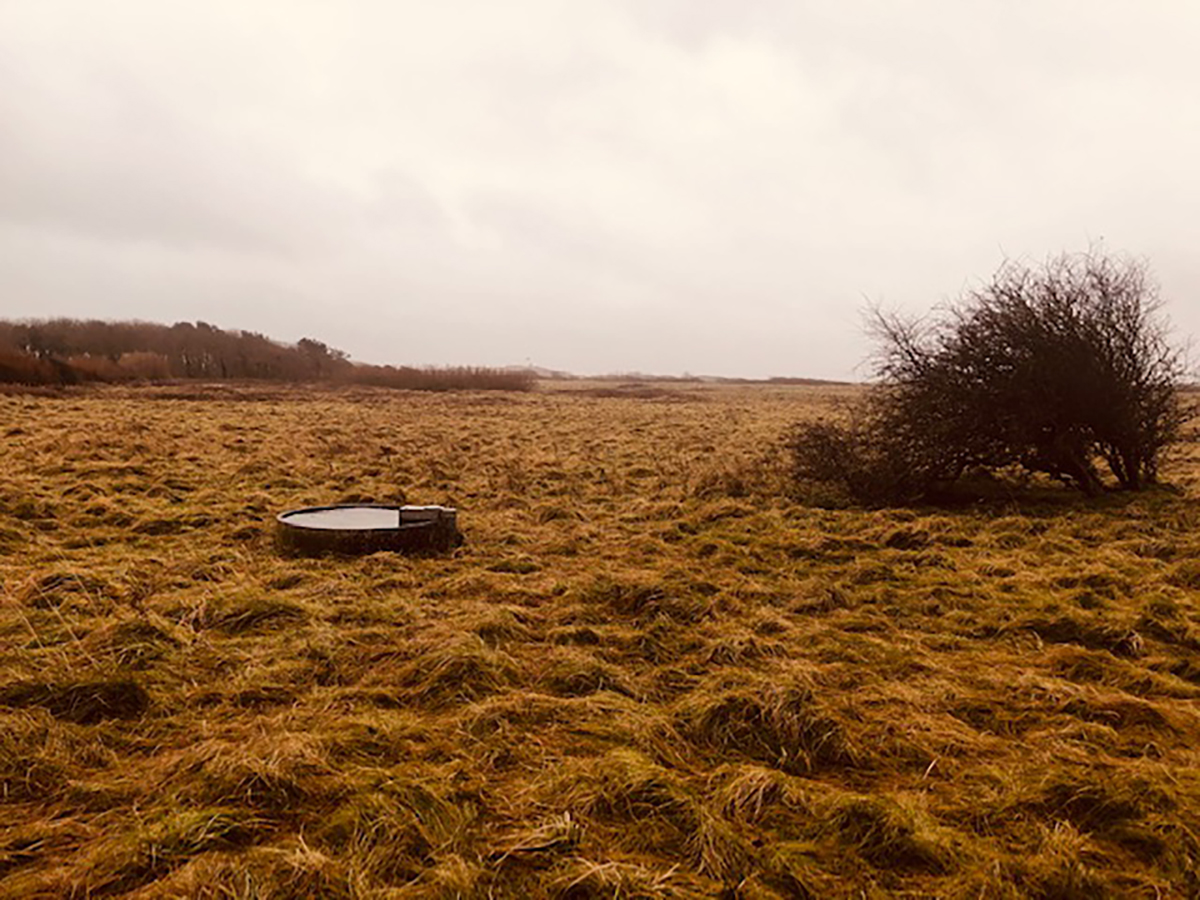
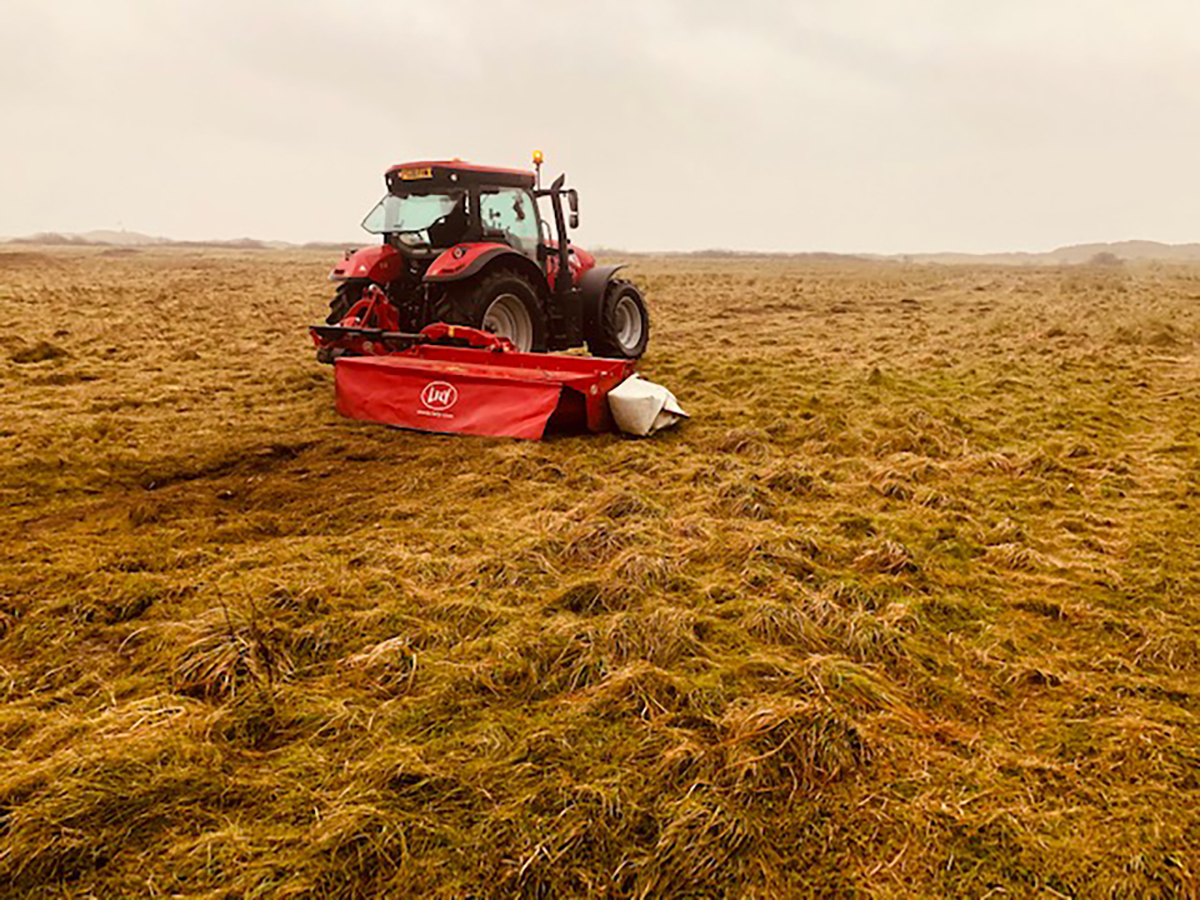
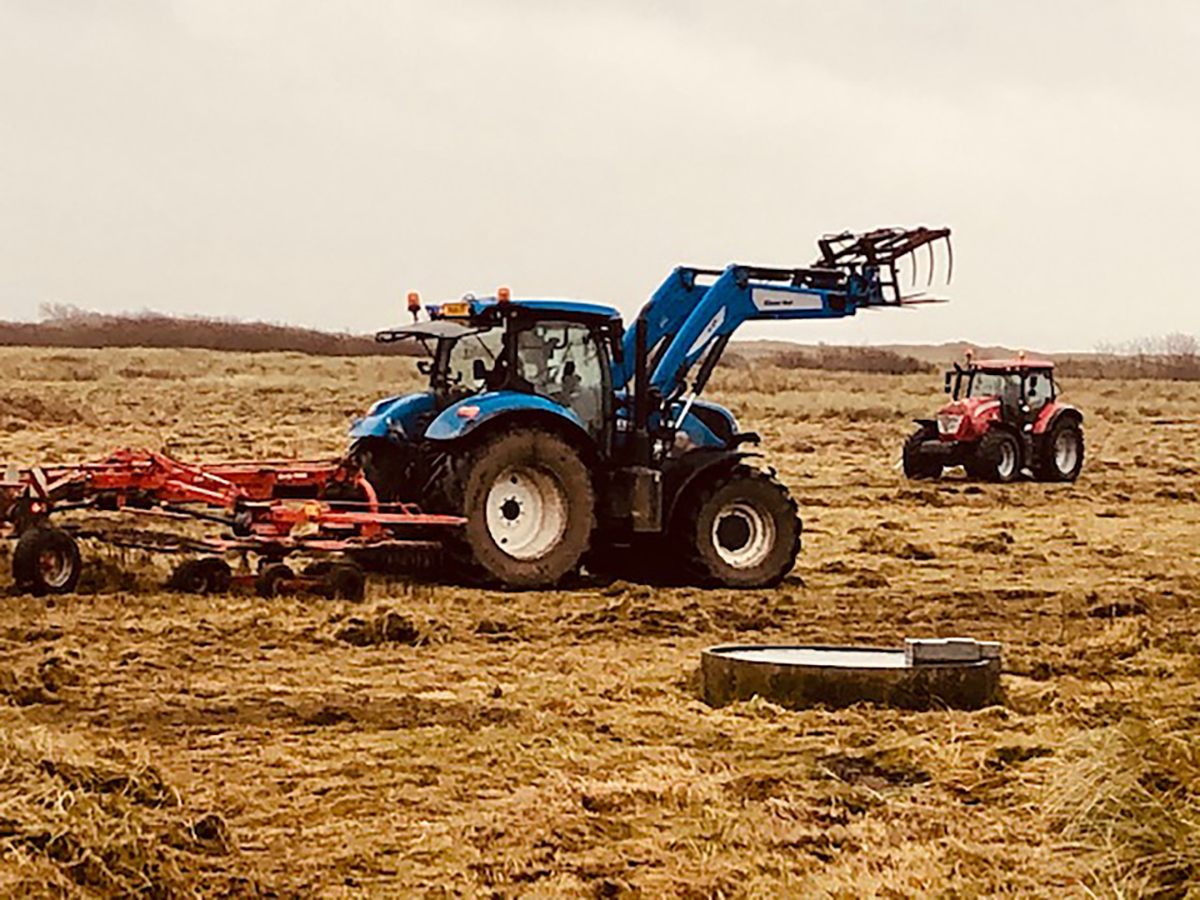
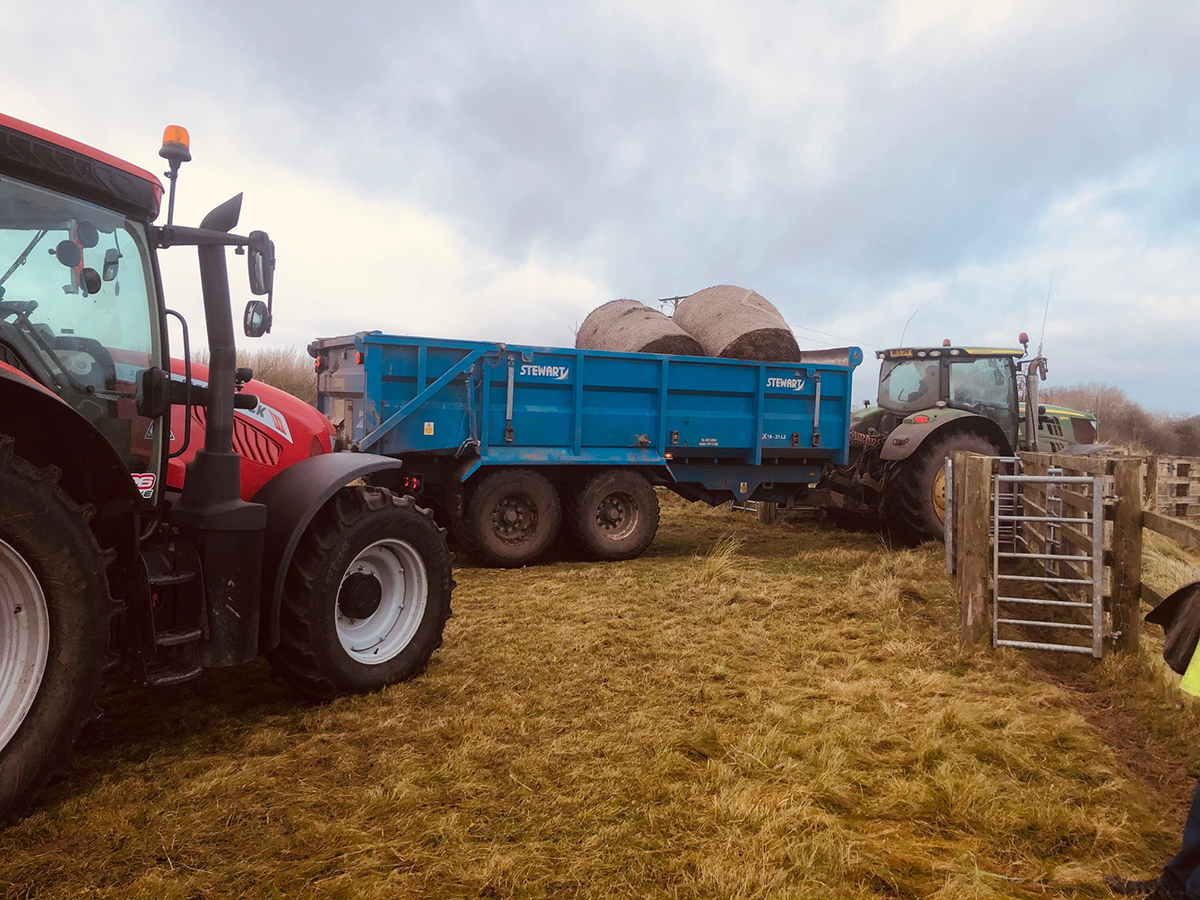
Start a conversation with us today

If you wish to sign up to our quarterly newsletter, please fill out the subscription below.
